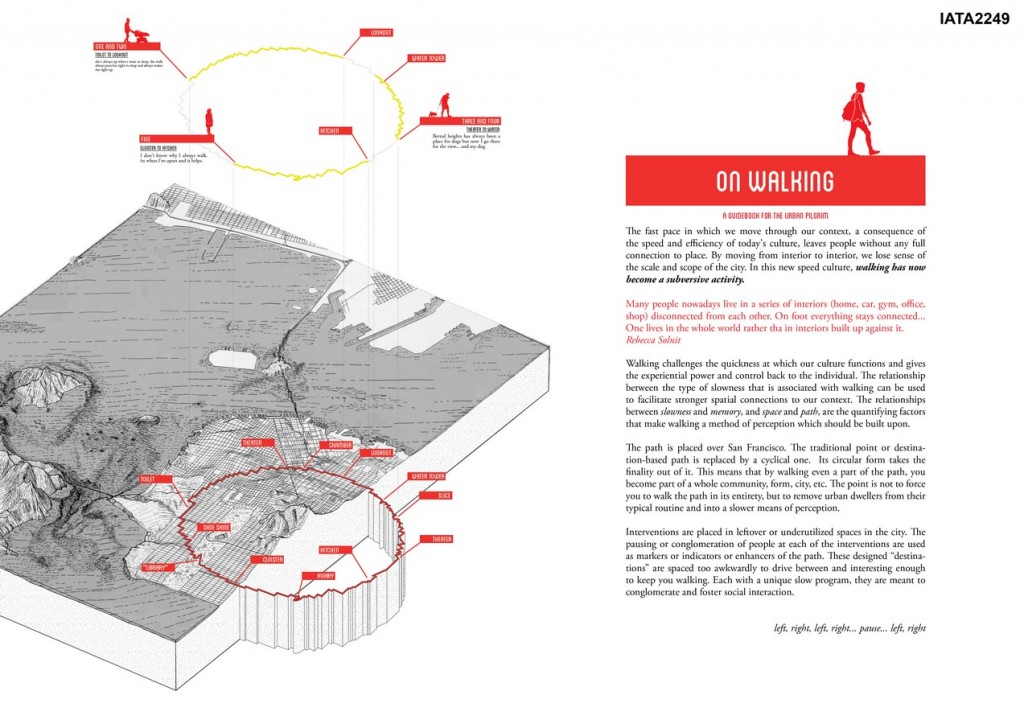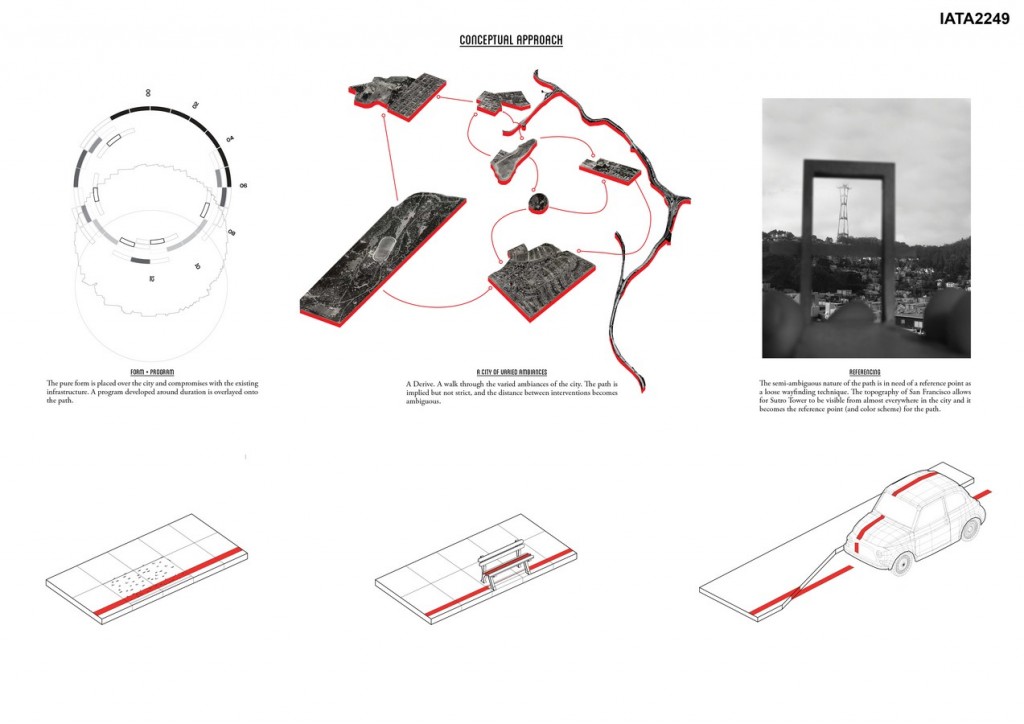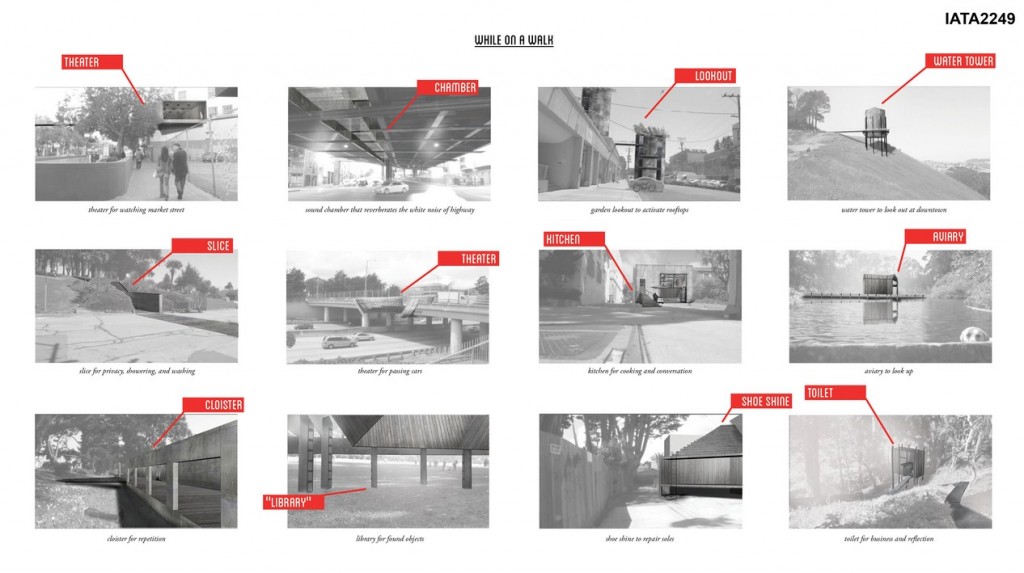The fast pace in which we move through our context, a consequence of the speed and efficiency of today’s culture, leaves people without any full connection to place. By moving from interior to interior, we lose sense of the scale and scope of the city. In this new speed culture, walking has now become a subversive activity.
Many people nowadays live in a series of interiors (home, car, gym, office, shop) disconnected from each other. On foot everything stays connected… One lives in the whole world rather tha in interiors built up against it. Rebecca Solnit
Participant Name: Aaron Belzer
Country: United States

Walking challenges the quickness at which our culture functions and gives the experiential power and control back to the individual. The relationship between the type of slowness that is associated with walking can be used to facilitate stronger spatial connections to our context. The relationships between slowness and memory, and space and path, are the quantifying factors that make walking a method of perception which should be built upon.

The path is placed over San Francisco. The traditional point or destination-based path is replaced by a cyclical one. Its circular form takes the finality out of it. This means that by walking even a part of the path, you become part of a whole community, form, city, etc. The point is not to force you to walk the path in its entirety, but to remove urban dwellers from their typical routine and into a slower means of perception.

Interventions are placed in leftover or underutilized spaces in the city. The pausing or conglomeration of people at each of the interventions are used as markers or indicators or enhancers of the path. These designed “destinations” are spaced too awkwardly to drive between and interesting enough to keep you walking. Each with a unique slow program, they are meant to conglomerate and foster social interaction.





